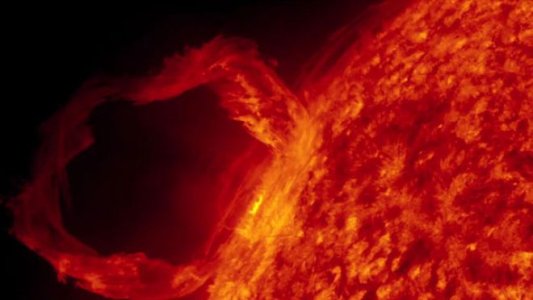- Reaction score
- 792
Artemis 2 will use lasers to beam high-definition footage from the moon (video)
By Josh Dinner
Artemis 2 astronauts will be testing out laser communications around the moon to enable faster transmission of images and video.
Artemis 2 will beam high-speed video from the moon using lasers | Space
By Josh Dinner
Artemis 2 astronauts will be testing out laser communications around the moon to enable faster transmission of images and video.
Artemis 2 will beam high-speed video from the moon using lasers | Space



